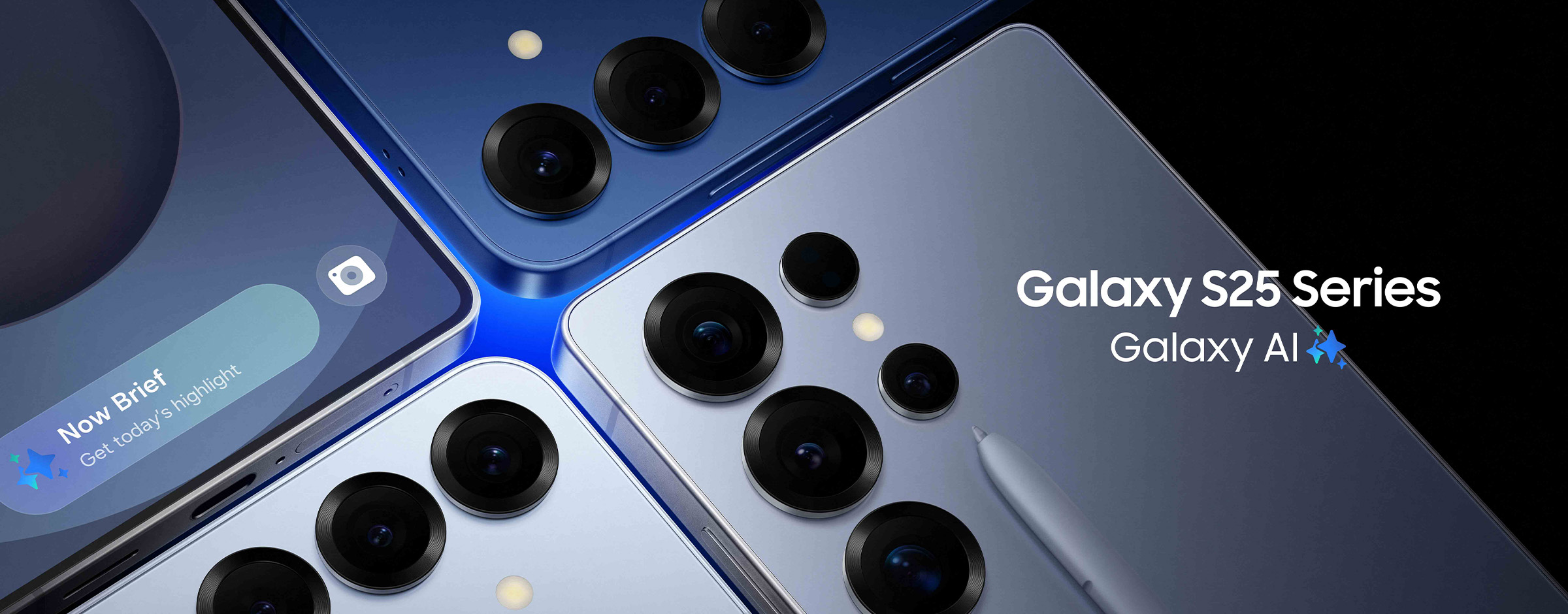Healthcare models are always evolving. As a result, how we think about healthcare and the way it’s delivered is changing, too. Today, telehealth makes seeing a medical professional easier than ever before. As its use and availability grow, it could become even more effective with the boost in speed and connectivity that 5G offers.
Telehealth has become increasingly popular
According to a CDC report from early 2020, the use of telehealth has risen sharply compared to the same time in 2019. One reason for this is the COVID-19 pandemic, which makes these types of services a great benefit for those who can’t get to a doctor’s office or are limiting their exposure by staying at home. Telehealth is a safe and convenient way to speak with a medical professional via wireless device.
More than medical
Telemedicine specifically refers to “remote clinical services,” per the American Academy of Family Physicians. Telehealth, however, can include many remote non-clinical uses as well, like:
- Counseling
- Substance abuse support
- Chronic disease management
- Behavioral and mental health services
- Prevention
- Education
What this means for you
In the past, if you were ill, you’d normally make an appointment with your doctor or head to the emergency room. This was time-consuming on one hand, expensive on the other, and inconvenient all around.
Now imagine not having to go through any of that. Telehealth makes healthcare more streamlined, inclusive, and accessible. It means not having to schedule time off work, sit in traffic, search for parking, or wait in a crowded reception area for an appointment that on average lasts only minutes. All you need is a wireless device and a strong internet connection.
5G speed and connectivity improve virtual healthcare
5G allows for faster, high def, high quality video and streaming, so you can get the help you need when you need it. Attending a consultation is as simple as opening a video chat on your smartphone, tablet, or laptop (via MiFi). In addition, doctors – along with nurses, pharmacists, therapists, and counselors – can focus on helping their patients without risking their own health further by meeting in-person.
As access to reliable, wide bandwidth 5G technology grows and the wireless tools we use improve, so will our ability to connect and consult digitally – including going beyond simple consultations to highly specialized procedures.
The future of telemedicine with 5G is promising
Telerobotic surgery has existed for some time, but the introduction of 5G could make it more commonplace. A recent study discusses 12 neuro-spinal surgery cases where the procedures were performed successfully using remote robotic assistance and 5G. It’s technology that minimizes the need for medical staff or patients to be in the same room while expanding the possibilities for treatment.
Of course, there will still be hurdles to implementing telehealth more widely. Transmitting, storing, and protecting the enormous amounts of data involved requires massive network capacity. Fortunately, 5G was designed to shine in highly complex and interconnected applications like telehealth.
Stay healthy with 5G plans, smartphones, and tablets that help you connect virtually with a medical professional, anywhere you are.





